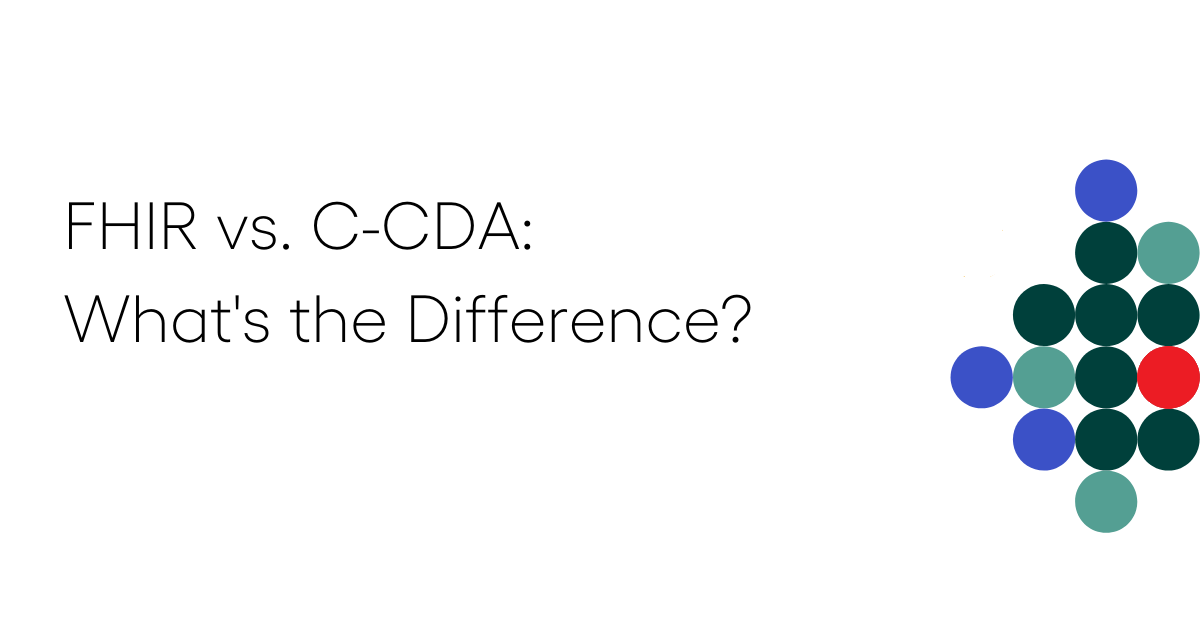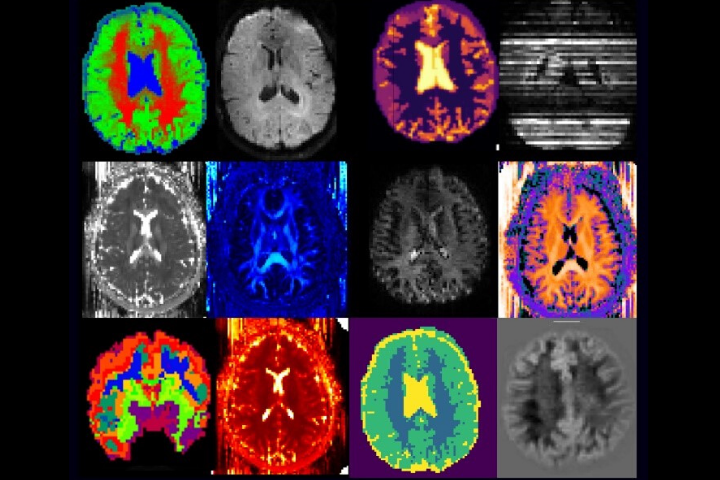Doctors and nurses need to know a lot of information about their patients to make sure they get the best care possible. But now, it’s also important that this information can be shared easily between different healthcare providers, like doctors and hospitals.
There are two ways to share this information: C-CDA and FHIR. These are special ways to organize the medical imaging data so that it can be easily read and understood by everyone involved in a patient’s care.
In this article, we’ll talk about the differences between C-CDA and FHIR and why healthcare organizations need to use them.
Overview of C-CDA and FHIR
C-CDA is a way of organizing clinical information in a structured manner. It takes various types of data, like medications, allergies, vital signs, lab results, and imaging reports, and bundles them into a single document.
This makes it easy for healthcare providers to share information with each other and make sure patients get coordinated care.
FHIR, on the other hand, is a modern way of exchanging healthcare information electronically.
It uses a web-based API to share data in real time, which means that healthcare providers can share information quickly and efficiently.
FHIR includes different types of resources that represent clinical concepts, such as patients, conditions, medications, allergies, procedures, and observations.
These resources can be combined to represent more complex clinical scenarios.
Differences Between C-CDA and FHIR
C-CDA and FHIR differ in various ways, including structural differences, flexibility differences, and data exchange capabilities.

Structural Differences
C-CDA and FHIR differ in various ways, including structural differences, flexibility differences, and data exchange capabilities.
- C-CDA organizes clinical data into a document structure with different sections, like allergies and medications.
- Each section has predefined templates for different types of data.
- Each piece of data has a specific location within the document structure.
- This approach is great for viewing and exchanging clinical documents, but it can be hard to extract and reuse individual pieces of data.
In contrast:
- FHIR organizes clinical data into resources that represent clinical concepts.
- Each resource has a set of data elements that describe a specific aspect of the concept.
- This resource-centric approach allows healthcare providers to access and manipulate individual pieces of data without needing to extract them from a document.
- FHIR’s resources are also modular, so they can be combined to represent complex clinical scenarios.
Flexibility Differences
- C-CDA’s document-centric approach has limited flexibility compared to FHIR’s resource-centric approach.
- C-CDA’s templates are predefined, which means that healthcare providers cannot add or remove data elements as needed.
- C-CDA also has limited support for extensions, which are additional data elements that are not part of the standard templates.
- This limited flexibility makes it difficult to represent complex clinical scenarios in C-CDA.
On the other hand:
- FHIR’s resource-centric approach provides healthcare providers with greater flexibility.
- Healthcare providers can add or remove data elements as needed, making it easier to represent complex clinical scenarios.
- FHIR also has better support for extensions, which means that healthcare providers can add additional data elements that are not part of the standard resources.
Data Exchange Capabilities
C-CDA and FHIR also differ in their data exchange capabilities. Here are the key points:
- C-CDA documents can be exchanged using Direct messaging or health information exchange (HIE) networks.
- C-CDA documents are often exchanged as PDFs or other human-readable formats, making it challenging to extract data elements programmatically.
FHIR:
- FHIR uses a modern web-based API that enables real-time data exchange between healthcare providers.
- FHIR’s API allows healthcare providers to access and manipulate individual data elements, making it easier to integrate clinical information into electronic health records (EHRs), mobile apps, and other healthcare applications.
Conclusion
FHIR and C-CDA are two different ways to store medical imaging data. FHIR is more flexible and allows easy access to the data. It works like a set of small pieces of information.
On the other hand, C-CDA works like a document. Even though FHIR is better, there are still difficulties in converting data from C-CDA to FHIR.

Leave a Reply